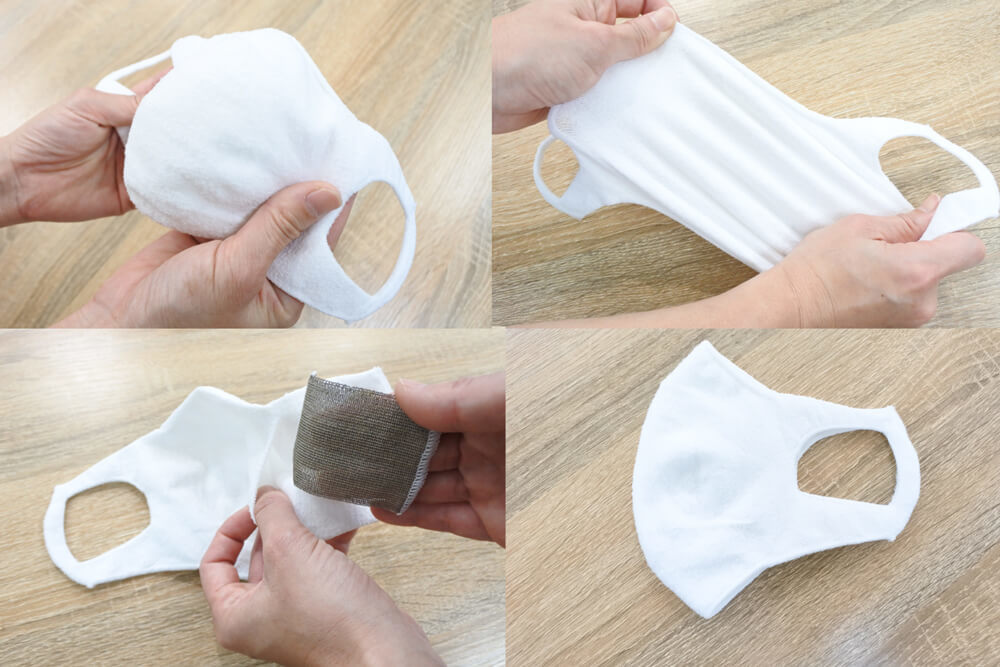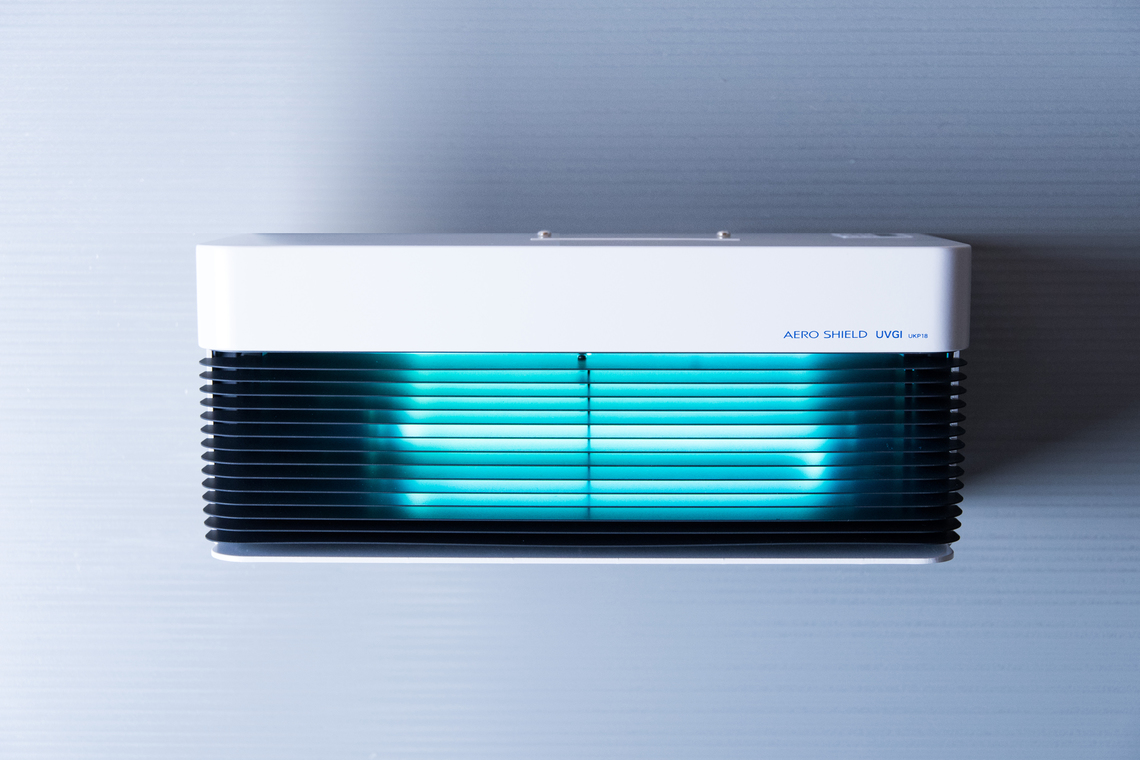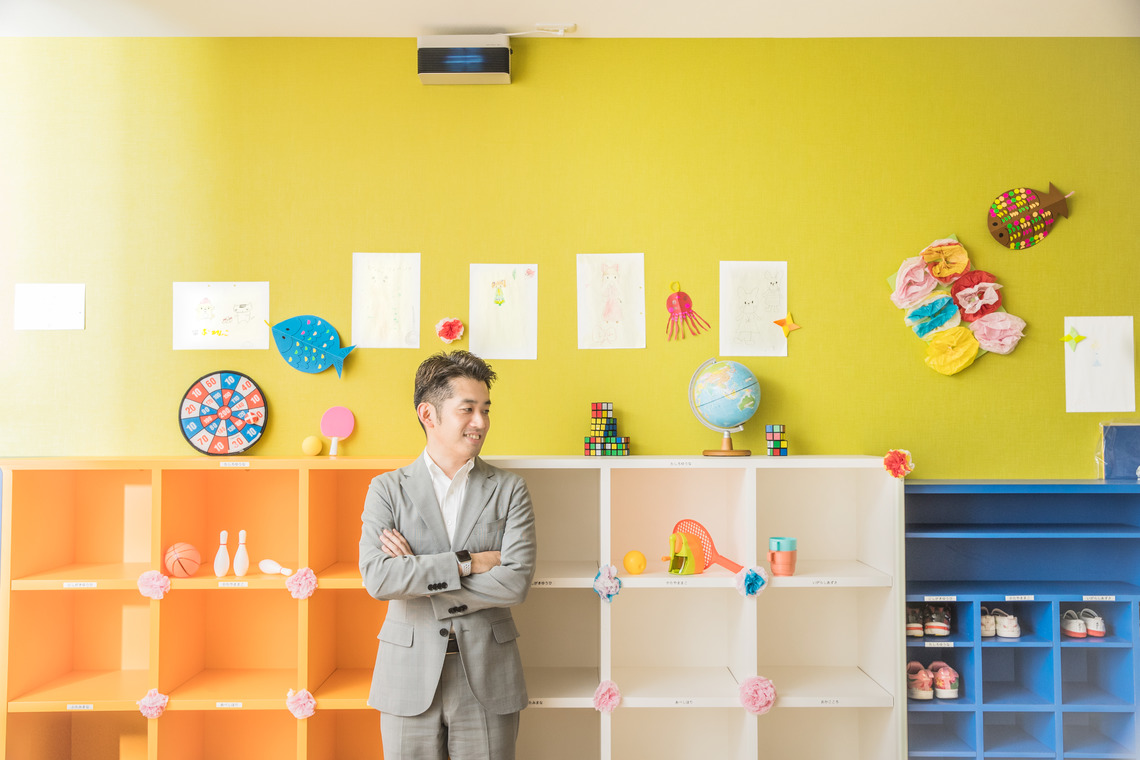"Messages from Normal Times" That Shined During the COVID-19 Pandemic
The Small Giants Award is a project launched by Forbes JAPAN and Dentsu Inc. to discover promising small and medium-sized enterprises across Japan. Following the previous installment, we present another contribution by Masaharu Fujiyoshi, Editor-in-Chief of Forbes JAPAN.
Planning: Makoto Sasagawa (Dentsu Inc.)
***
During the COVID-19 emergency, several Small Giants Award-winning companies unexpectedly generated significant buzz and were inundated with inquiries.
Let's look at two representative companies. One is Mitsufuji, an IoT wearable company that won the first Grand Prix in 2018. They developed the "hamon AG Mask," a sanitary mask with antibacterial properties using their proprietary silver-plated fiber and medical-grade fiber. The fact that it can be "washed and reused over 50 times" became a hot topic, and orders flooded in immediately after its announcement in March.

The other company is Oita Prefecture's Eneforest, which was a runner-up for the 2018 Cutting Edge Award in a category. Their product is the "AeroShield," an ultraviolet irradiation sterilization device for air environment control developed by the company in 2006. President Toshihiko Kihara also participates as a committee member in the "STOP Infectious Diseases 2020 Strategy Council" (chaired by Professor Mitsuo Kaku of Tohoku University), which was launched last year.
Currently, AeroShield is "installed somewhere in Japan every single day, even at this very moment," and inquiries continue unabated.

Of course, neither company anticipated this emergency. Their ability to demonstrate their corporate purpose during a crisis actually highlights lessons to be learned from their "peacetime management." AeroShield even experienced periods where it couldn't sell a single unit after founding. Mitsufuji also isn't a company that normally manufactures masks.
Why were they able to leverage their strengths during the crisis? Let's examine their approach during normal times.
People don't immediately internalize issues as their own
Development of the "AeroShield" began way back in 2006. Mr. Kihara's father, electrical engineer Michifumi Kihara, succeeded in developing the product. At the time, Michifumi Kihara, who was working for Seven-Eleven Japan, was called back to the family business to develop sales channels. Toshihiko Kihara explains.
"The impetus for developing this product came from the elderly care facility where my grandfather resided. Pneumonia cases were occurring one after another, and people were passing away. When we measured the air inside the facility, we detected high levels of airborne bacteria that cause pneumonia. We felt a sense of crisis that unless the air environment was improved, lives that could have been saved would be lost."
AeroShield is installed on walls or ceilings at a height of 2.1 meters or higher within a room. It emits ultraviolet light horizontally, forming a layer of UV radiation in the upper part of the room. Air naturally circulates within the room, so air passing through the UV irradiation area is sterilized. Since the UV light does not irradiate downward, there is no risk of UV exposure to people. This method, UVGI (Ultraviolet Germicidal Irradiation), is recommended by CDC (Centers for Disease Control and Prevention) guidelines as an effective air purification method. Although the device received high praise, the story didn't progress so smoothly.
"At an exhibition, a healthcare professional who visited our booth said, 'For us, performance-wise, just having something installed is enough.' In other words, they were prioritizing appearance over substance. This was shocking. If they considered this the space where their parents or loved ones spend time, I don't think they could say such a thing. Their sense of ownership regarding infection control was weak. I realized that changing the mindset of such people was more important than selling our product."
Eneforest has continued its business with a small, elite team, led by President Kihara himself handling top-level sales. Mie Fujisawa, an employee in her tenth year, explains: "I sometimes accompany the president on sales calls. The more I'm involved, the more I realize infection control is a critical issue, and we must convey its importance. But I knew spending money on ads wouldn't get the message across. The only way is to carefully explain it to each person we meet. That's what I came to believe."
Although the product was groundbreaking, the company chose not to expand its organization, instead continuing its steady, grassroots efforts to raise awareness about infection control.
However, in 2016, the company won the Grand Prize at the third "Healthcare Industry Development" Contribution Awards hosted by the Kyushu Healthcare Industry Promotion Council. Furthermore, it began attracting attention at venture company pitch events.
"Everyone I met started asking, 'How are you handling funding?'" says Mr. Kihara. Numerous equity financing offers poured in. Since cash flow was often a struggle, he sometimes thought, "Maybe jumping on board would make things easier."
However, Fujisawa, mentioned earlier, reflects: "I watched the president agonize over these investment offers as we carefully evaluated them."
What Kihara pondered was the core essence of his company's business. He states:
"If we were to partner with anyone, it had to be an overwhelmingly strong operating company that was genuinely committed to building this market."
Many venture companies rapidly expand their business through fundraising, even while operating at a loss. However, he concluded that "business expansion itself is not the goal." He turned down all offers of equity financing. He felt that simply growing the company's size without changing the mindset toward infection control would dilute the essence of the business.
After that, the customer base gradually expanded. Not limited to nursing facilities, it included medical facilities, daycare centers, sick child care facilities, after-school clubs, and various places where opening windows for air exchange wasn't possible (call centers, broadcasting stations, restaurant chains, coworking spaces)... And so, in 2017, the company emerged from being insolvent.
While countless things hold value in the world, the problem is that people often refuse to see that value. Especially during "normal times," the mindset of "I don't need to see it now" gets in the way. Therefore, meticulously explaining the features of a product or service is largely ineffective.
"Listening" refines the details, polishes the concept, and makes it easier to convey. Mitsufuji, introduced at the beginning, also uses "listening" to develop a "concept people can relate to personally."

Why a Wearable IoT Company Could Start Manufacturing Masks
Mitsufuji is a textile company founded in 1956 in Joyo City, Kyoto Prefecture.
As introduced at the beginning of Part 2, when Ayumu Mitsutera left his Tokyo company to take over the business in 2014, it was already on the verge of bankruptcy, with no factory or office remaining. However, leveraging highly conductive silver-plated fibers and proprietary weaving techniques passed down within the company, it transformed into a wearable IoT company. It manufactures and sells "hamon," which accurately acquires and quantifies biometric data, and is now a global enterprise.
The catalyst for this business transformation was, once again, the act of "listening."
The company's silver-plated fiber, its key asset, was being used for antibacterial and deodorizing properties in products like odor-eliminating socks. Several electronics manufacturers were purchasing small quantities of this fiber. Sales were minimal, so no one at Mitsufuji paid much attention. However, after becoming president, Mr. Mitera visited each of these companies one by one. "What are you using it for?" What these electronics manufacturers focused on was the conductivity of the silver-plated fiber. This led to the leap in thinking towards wearable IoT.
The concept launched for hamon was: "Unraveling the unknowns of humanity through biometric information." People are surprisingly unaware of themselves. The message is that by making biometric data visible, it can be used for "predicting the future" to protect oneself.
Indeed, in 2015, a European medical company selected Mitsufuji's silver-plated fibers for joint development to realize "epilepsy prediction."
Mitsufuji established a new factory in Kawamata Town, Fukushima Prefecture. Kawamata Town has one of the highest population decline rates in the prefecture and was designated an evacuation zone following the Fukushima Daiichi nuclear accident. Its agriculture suffered from reputational damage. The company described the background to establishing the factory:
"While searching for a factory location, we were introduced to Kawamata Town by the local government. Kawamata is a textile production area that originally prospered through the silk industry, and it was also a place that suffered immense damage from the Great East Japan Earthquake. Mitsufuji also began as a Nishijin-ori obi sash factory, and we hoped to contribute to the revival of Kawamata's textile industry."
Development and production of the "hamon AG Mask" began at this factory, now a symbol of that recovery.
Why masks? The company explains:
"From late January to mid-February, several corporate clients began inquiring if we could produce masks. Understanding the extremely urgent situation, we started prototype development. While we are fundamentally a company developing wearable products, hearing about our clients' current difficulties motivated us to use our technology to assist them as much as possible."
Both Mitsufuji and Eneforest saw the messages they consistently conveyed to customers in normal times prove effective during this crisis. What is it that a company continually communicates? Asking and answering this question helps customers and ensures the company is remembered first as a "reliable partner" when trouble strikes. This trust is the very essence of corporate value.
***
Forbes JAPAN Small Giants Special Issue details here
Was this article helpful?